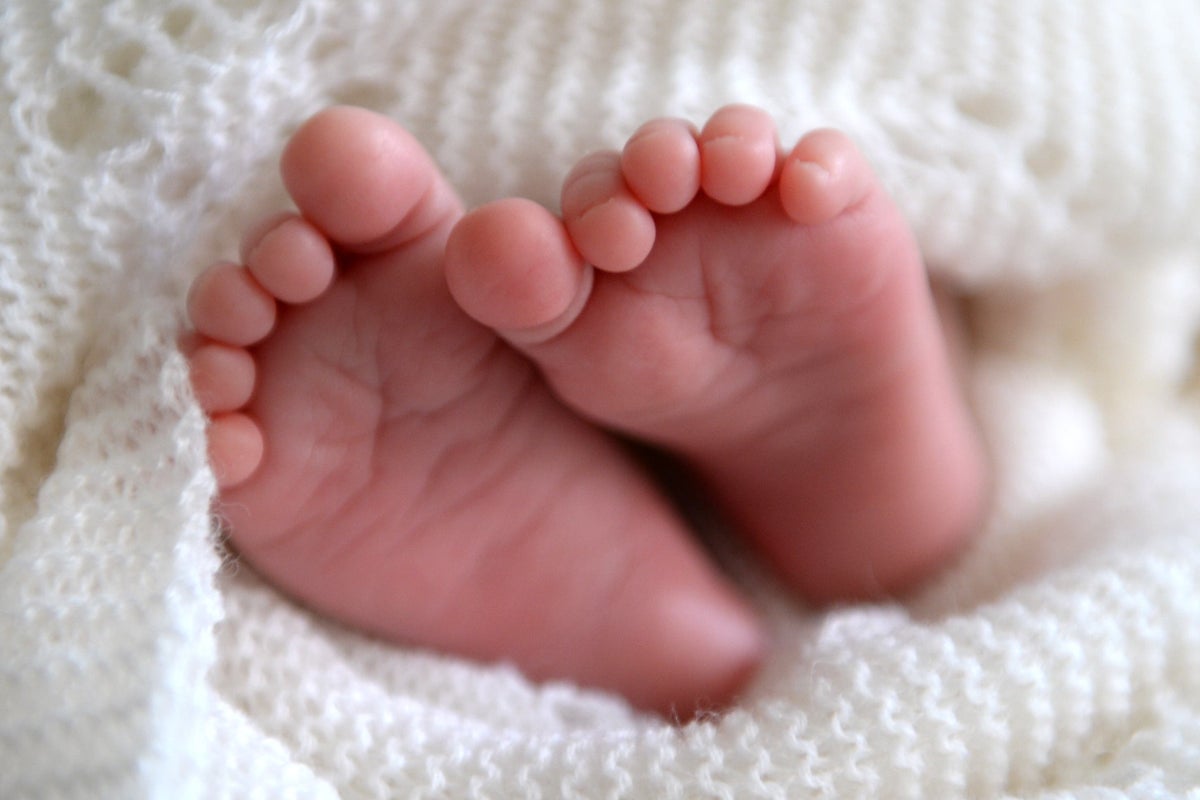
Researchers have developed a new technique that appears to be safe and around 80% effective in producing babies of the desired sex, a study suggests.
The issue of sex selection raises serious ethical concerns, and selection of embryos on the basis of sex, without mitigating reasons such as sex-linked disease, is illegal in many countries.
The new findings are causing alarm among experts in the field who say there are many ethical issues.
Researchers in the new study set out a technique to separate and select the sperm beforehand, meaning the sex of the embryos could be determined.
The issue of sex selection is an ethically fraught one— Darren Griffin, University of Kent
The authors selected sperm based on whether they contained an X chromosome (making female offspring) or a Y chromosome (making male offspring), using density measures.
Sperm that contains an X chromosome are slightly heavier than sperm containing a Y chromosome, the study suggests.
The researchers, including Professor Gianpiero Palermo from Weill Cornell Medicine in New York City, America, wrote: “Although ethically debatable, expressing a sex preference for offspring is popular among couples, and not limited to those undergoing infertility treatment.
“Sperm sex enrichment, within a protocol of PGT-A, enables the selection of embryos for the desired sex.
“Our sex selection method does not increase the proportion of additional aneuploid embryos.
“Therefore, it can be regarded as extremely safe as well as efficient, inexpensive, and ethically palatable.”
Darren Griffin, professor of genetics at the University of Kent, said: “The issue of sex selection is an ethically fraught one.
“Selection of embryos on the basis of sex, without mitigating reason such as sex-linked disease, is illegal.
Their technical achievement is insignificant compared to the serious ethical concerns raised by the research— Dr Channa Jayasena, Imperial College London
“Separating sperm beforehand may provide a legal loophole in some countries but not the UK.
“There have been numerous methods around for decades, some effective but potentially harmful, others dubious in their effectiveness.
“The current paper seems to have found a method in which the approach is effective to some degree.
“It involves separation on the basis of density and the difference in this study compared to previous ones I have seen is that it performs industry standard tests on the sperm and on the embryos.
“I am convinced that the science is sound and that, instead of the usual 50:50 ‘coin toss’ then a couple can get a baby with the desired sex a little under 80% of the time.”
Dr Channa Jayasena, head of andrology at Imperial College London, said: “The results show convincingly that this technique is able to select sperm to determine the sex of embryos made using those sperm.
“However, their technical achievement is insignificant compared to the serious ethical concerns raised by the research.
“The authors clearly describe the understandable ethical concerns of embryo selection and abortion of pregnancies based on (usually female) sex.
I am alarmed that such technology might become more widespread in clinical practice— Dr Channa Jayasena, Imperial College London
“However, they propose sperm selection as an ‘ethical’ alternative to embryo selection. I find this incredible since sperm selection is just another way of selecting embryos to manipulate the sex of offspring, with detrimental societal implications.
“I am alarmed that such technology might become more widespread in clinical practice.
“Currently, it is prohibited in the UK to select offspring unless they have a serious medical problem.”
He added: “Though not described in the study, their technique might be adapted in the future to select for other bodily traits such as sperm containing a gene affecting skin or eye colour.
“This research therefore raises serious ethical concerns which need to be addressed urgently through regulation.”
The small trial was conducted using 1,317 couples, and split into two groups, with 105 men in the study group in which the new technique was used.
According to the study, 59 couples in this group desired female offspring and the technique resulted in 79.1% (231/292) female embryos.
This resulted in the birth of 16 girls without any abnormalities.
Forty-six couples desiring male offspring ended up with 79.6% male embryos (223/280), resulting in the birth of 13 healthy baby boys.
However, in the study, published in the Plos One journal, the sex of the embryo chosen for transfer was not known.







